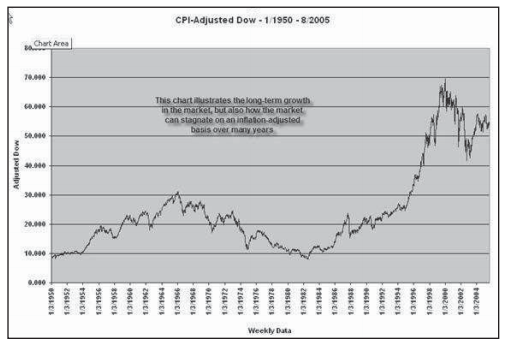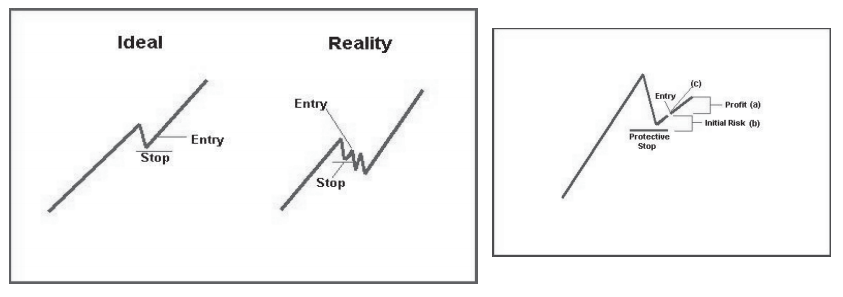The Canadian Society of Technical Analysts (CSTA) is hosting the 18th Annual IFTA Conference this year in beautiful Vancouver, British Columbia, Canada. Entitled Digging for Gold Vancouver 2005, it will be held at the world-class Pan Pacific Hotel and Convention Centre on the waterfront November 3 – 5, 2005. The main theme of the three-day event is New Strategies for Profiting in Volatile Markets.

Digging for Gold Vancouver 2005 will feature two events. The first is the three-day conference for professional traders, analysts and brokers. There is also a one-day event entitled Trade Like the Pros for the retail trader and investor on Saturday, November 5th. Register early and save. There is a discount for MTA members and affiliates.
For more information or if you have any questions, please go to http://askthemarketexperts.com/
Here is a summary of some our exciting speakers and their presentations. For a list of the many exciting networking, extracurricular and partner events, please see below.
Daniel J. Zanger Professional Stock Trader www.chartpattern.com
Dan holds the unofficial world stock trading record by turning $10,775 into more than $18 million in 18 months and parlaying this into an amazing $42 million in two years. As well as trading in the trenches war stories, Dan will be discussing techniques for identifying market-leading stocks to make big money trading and to get advanced warning of changes in overall market direction. He has been featured in such publications as Fortune, Forbes, Technical Analysis of Stocks & Commodities, Active Trader, Traders Mag and Traders World. He was recently featured on CNBC for his inclusion in articles by Trader Monthly magazine about the 40 top trades of all-time as well as inclusion in the list of the world’s top 100 traders. Dan writes a nightly newsletter called The Zanger Report for www.chartpattern. com. Dan will be giving the keynote address to both the professional members and Trade Like the Pros retail trader session on November 5th.
Timothy Hayes, CMT Chief Investment Strategist at Ned Davis Research
Tim will be discussing his new Global Balanced Portfolio Management Strategy including how he uses a unique array of market breadth indicators to assess overall market strength to stay on the right side of the market. Tim currently heads up the firm’s global and U.S. asset allocation services and among his many duties and accomplishments, he serves as Research Council coordinator and oversees NDR’s quarterly Investment Strategy. Weekly, Tim writes the Stock Market Focus, which features top-down stock market perspective, quantitatively based analysis, asset allocation recommendations, and more. Tim is featured regularly on CNBC, and his market commentary is often quoted in The Wall Street Journal, Barron’s, Investor’s Business Daily, New York Times, Financial Times, and others.
Website – www.ndr.com
Vlad Korzinin CEO, Highlight Investments Inc., MarketVolume.com
Vlad will be discussing his company’s recently-patented approach to volume analysis (called modulated volume) and how they use it to anticipate changes in direction for a wide array of indexes and ETFs. His modulated volume analysis removes normal volatility that makes traditional volume analysis extremely challenging if not impossible, transforming it into a highly usable and reliable tool. His ideas on resistive and supportive volume turn traditional volume analysis techniques upside-down and will give you a whole new and powerful approach to using volume as a trading and investing tool. Vlad holds a Masters Degree in Radio Engineering from the University of St. Petersburg.
Website – www.MarketVolume.com
Keith Raphael President of Crosscurrents Investment Advisory
Keith’s presentation is entitled Advanced Technical Analysis to Maximize Forex Returns for the Trading Professional. He has more than twenty-five years experience trading currencies. Among his many responsibilities, Keith served as principal of the Taylor-Raphael Group (1978-86), he traded ECU arbitrage for Bank Brussels Lambert in New York and served as Vice-President and Chief Technical Market Analyst for Chase Manhattan Bank. In 1993 the Euromoney Survey of the 400 top corporations, investment banks and funds in the U.S. and Europe named Keith as the Number One Technical Market Analyst and Charting Service. Keith has been a frequent guest on CNBC.
Website – www.crosscurrentsonline.com/
Tomasz Janeczko, M.Sc., Ph.D. Founder of Amibroker.com
A highly sought after speaker in Europe, Tomasz will be discussing his unique computerized approach to high-frequency data to provide powerful leading trading signals. Founder of Amibroker.com and author of the company’s flagship technical analysis program, he has also been a private trader since 1993. Prior to founding Amibroker.com, he held senior developer positions in a few software companies. Mr. Janeczko holds a Ph.D. and MS. in electronics and computer engineering from the Wroclaw University of Technology.
Website – www.amibroker.com
Plus these international market and trading experts:
- Larry Berman, CMT, CFA – Chief Technical Strategist CIBC World Markets
- Stewart Taylor – Senior VP, Eton Vance Management
- Frank Teixeira, CFA – Senior VP, Director Technical Analysis, Wellington Mgmt.
- Leon Tuey, MA – Leon Tuey Inc. Advisor to institutional/portfolio managers
- Jeffrey Hochman, BA – Portfolio Strategist, Fidelity Investments
- Bob Hoye – Chief Investment Strategist, Institutional Advisors
- Eugene Peroni – Jr. Senior Managing Director, Claymore Advisors
- And more…
Trade Like the Pros Saturday November 5, 2005
In conjunction with the three-day professional member’s conference, there will be a one-day event for retail traders and investors that will feature the following speakers.
Dan Zanger Keynote Speaker
Topic: A Whole New Approach to Patterns & Volume To Find Market Leaders
(See description above).
Stan Ehrlich
Topic: My Favorite Commodity Reversal & Continuation Techniques
Stan started in the futures industry in 1971 as a runner on the Chicago Futures Exchanges. In 1978 he invented the Ehrlich Cycle Finder™ and in 1997 the Ehrlich Cycle Forecaster™ for TradeStation. He has brokered for some of the most famous market analysts in the world, including famed Elliott Wave practitioner Robert Prechter. He has been regularly quoted in financial papers, magazines, financial books, and has appeared on television, including CNBC. Stan has lectured at about 80 technical analysis seminars and conferences worldwide since 1975 for such companies as Reuters, Dow Jones Telerate, Futures Magazine and TradeStation. Stan is the president of Solid Gold Financial Services, Inc. a commodity futures commission merchant, commodity pool operator and commodity trading adviser in San Francisco. He writes the nightly Ehrlich Report for http://www.chartpattern.com.
Website-http://www.stanehrlich.com
Martin Pring
Topic: Powerful Methods for Measuring Market Psychology
Martin J. Pring entered the financial markets in 1969 and has grown to become a leader in the global investment community. In 1981, he founded the International Institute for Economic Research, and began providing research for financial institutions and individual investors around the world. Since 1984, he has published a monthly market review offering a long-term synopsis of the world’s major financial markets. He is the author of several books including, Introduction to Technical Analysis, Martin Pring on Market Momentum, and the number one guide of its kind, Technical Analysis Explained, now in its third edition. Martin is also chairman of Pring Turner Capital Group.
Website – http://www.pring.com
Jeanette Schwarz Young, CFP, CMT
Topic: Life in the Pits – A Day in the Life of a NYBOT floor trader.
Jeanette is a member of the New York Futures Exchange and the NYBOT, the membership committee and options settlement committee. She is a holder of 10 NASD Licenses. Her experience runs the gamut from floor executions, hedging, extending to the back office (having run a self-clearing firm). She received a top ten-winner award in the National Investment Challenge Pro Option’s division for 2 years and has even placed top 3 in the world. She has had articles published in Barron’s Magazine, The CRB Trader and Stocks & Commodities Magazine. She has also appeared on FOX NEWS, CNN-FN, Bloomberg and CNBC broadcasts and can be seen daily on ForexTV.com.
Website – www.jaschwarz.com
Other programs and events:
- Trip to Whistler Mountain, site of the 2010 Winter Olympics
- Whistler wine & cheese and port & cigar night
- Gold Rush Gala Dinner, entertainment & casino night
- Meet & network with international professional traders & analysts
- Exciting partner activities in Canada’s Pacific playground
Have a question for one of the speakers or about the event? Go to http://askthemarketexperts.com/
For fast registration, please go to http://www.csta.org/events/conferences/ifta2005.html or simply visit http://www.csta.org
We’d like to thank the following sponsors for their support of this event.
Gold
AlphaTrade.com, Montreal Exchange, Bloomberg, Nasdaq Total View and CMCMarkets
Silver
MarketVolume.com, FACTSET, Interactive Brokers and Barclay’s Global Investors iUnits.com
Bronze
Equitrend.com, Middlefield Funds, Equicom and Canada HedgeWatch
Media Sponsors
Technical Analysis of Stocks & Commodities, Active Trader, Currency Trader, Traders Mag (Europe), Trader Monthly, Report on Business TV














